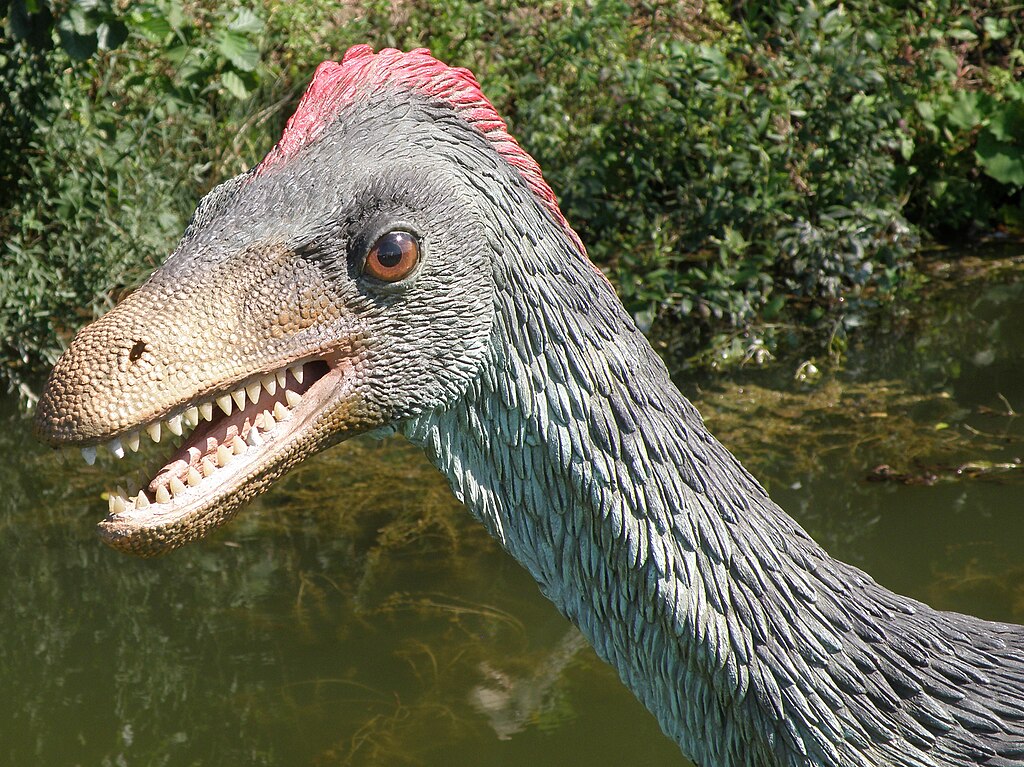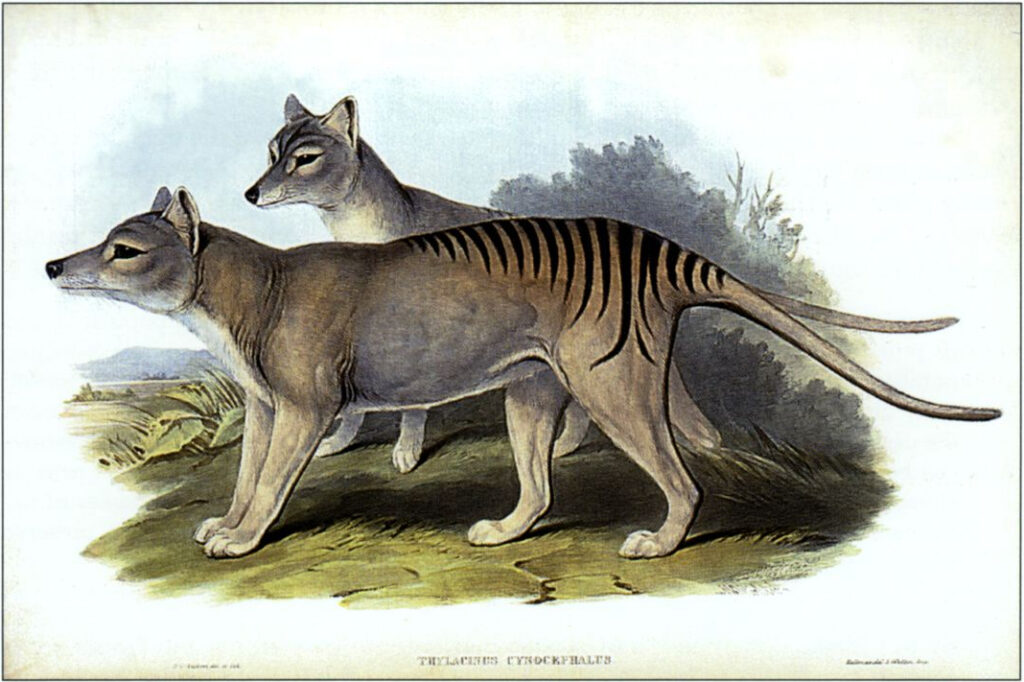Velociraptors have captured our imagination since their dramatic portrayal in the Jurassic Park franchise, where they were depicted as lightning-fast predators capable of outrunning humans and vehicles. These prehistoric predators lived approximately 75-71 million years ago during the Late Cretaceous period and have become cultural icons of speed and agility. But how fast could these dinosaurs run? The scientific reality differs significantly from Hollywood’s interpretation, and recent paleontological research has given us a much clearer picture of velociraptor locomotion. Let’s separate fact from fiction and explore just how quickly these fascinating dinosaurs could move.
The Hollywood Myth vs. Scientific Reality
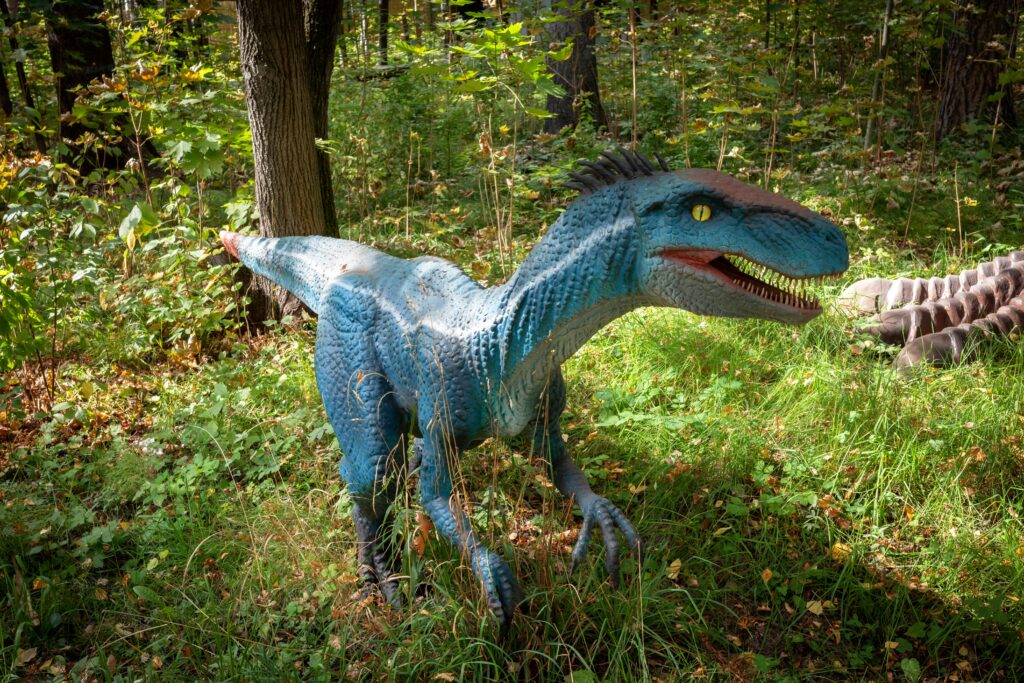
In Jurassic Park, velociraptors were portrayed as being able to run at speeds of approximately 40-60 mph (64-97 km/h), making them terrifyingly fast predators. This cinematic depiction created a lasting impression that has shaped public perception of these dinosaurs for decades. However, paleontologists have long recognized that this representation is significantly exaggerated. Modern scientific analyses of velociraptor anatomy, bone structure, and musculature suggest much more modest capabilities. The films also depicted velociraptors that were much larger than their actual size, further contributing to misconceptions about their speed and abilities. This divergence between popular culture and scientific evidence highlights the importance of examining the fossil record carefully.
The True Size of Velociraptors

Understanding velociraptor speed requires recognizing their actual size, which was much smaller than commonly believed. Real velociraptors stood approximately 1.6 feet (0.5 meters) tall at the hip and measured about 6.8 feet (2.07 meters) in length from nose to tail. They weighed around 33 pounds (15 kilograms), making them roughly the size of a modern turkey or medium-sized dog. This is dramatically smaller than the human-sized creatures depicted in films. The movie “raptors” were aore similar in size to Deinonychus or Utahraptor, different dromaeosaurid species that were substantially larger than Velociraptor mongoliensis. This size difference is crucial when calculating potential running speeds, as smaller animals generally cannot achieve the same absolute speeds as larger ones due to stride length limitations.
The Biomechanics of Raptor Movement

Velociraptors possessed a unique set of biomechanical features that influenced their movement capabilities. Their hip structure allowed for a horizontal posture with their spine parallel to the ground, which would have made them efficient runners. They had lightweight, hollow bones similar to modern birds, reducing their overall mass and potentially increasing agility. One of their most distinctive features was the enlarged “killing claw” on each foot, which was likely held off the ground during running. Paleontologists believe velociraptors were digitigrade animals, meaning they ran on their toes rather than on flat feet, similar to modern dogs and cats. Their leg proportions, with elongated metatarsals, suggest they were built for quick acceleration and maneuverability rather than sustained high-speed running, indicating they were likely ambush predators rather than pursuit hunters.
Scientific Methods for Estimating Dinosaur Speed
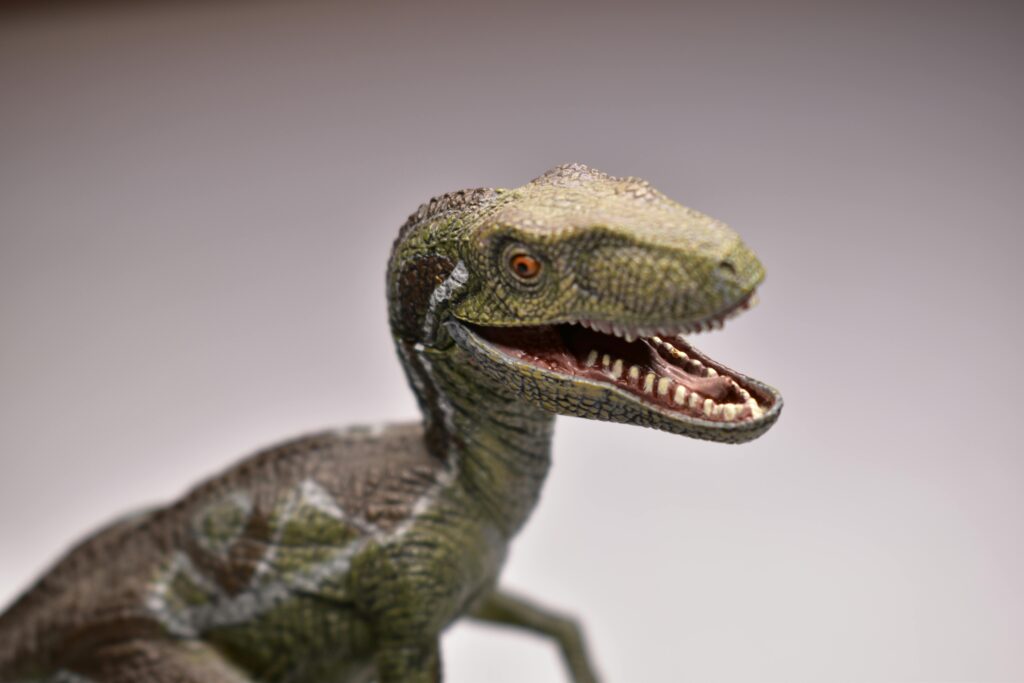
Scientists use several complementary approaches to estimate how fast extinct animals like velociraptors could move. Comparative anatomy involves examining leg proportions and comparing them to modern animals with similar builds to infer speed capabilities. Biomechanical modeling uses computer simulations to calculate the forces, stresses, and strains that would have acted upon the dinosaur’s skeleton during locomotion. Fossil trackways, when available, provide direct evidence of stride length and gait, though, unfortunately, no definitive velociraptor trackways have been discovered. Bone histology examines the microscopic structure of bones to estimate muscle attachment size and strength. Additionally, leg-to-body proportions can indicate whether an animal evolved for speed or endurance. Using these methods in combination, paleontologists can develop reasonable estimates for velociraptor running speeds.
The Most Reliable Speed Estimates

After decades of research, most paleontologists have converged on much more conservative estimates of velociraptor speed than popular culture suggests. The most widely accepted scientific estimates indicate that velociraptors could likely run at speeds between 20-25 mph (32-40 km/h). This would make them faster than the average human but significantly slower than the fastest modern animals like cheetahs (which can reach 70 mph) or even ostriches (which can sustain 45 mph). A landmark 2007 study published in the journal Science used biomechanical models to estimate that the slightly larger Deinonychus could reach maximum speeds of about 24 mph (39 km/h), suggesting velociraptors would be somewhat slower due to their smaller size. These estimates consider the animal’s muscle mass, skeletal strength, and center of gravity during running motions.
Comparing Velociraptors to Modern Animals
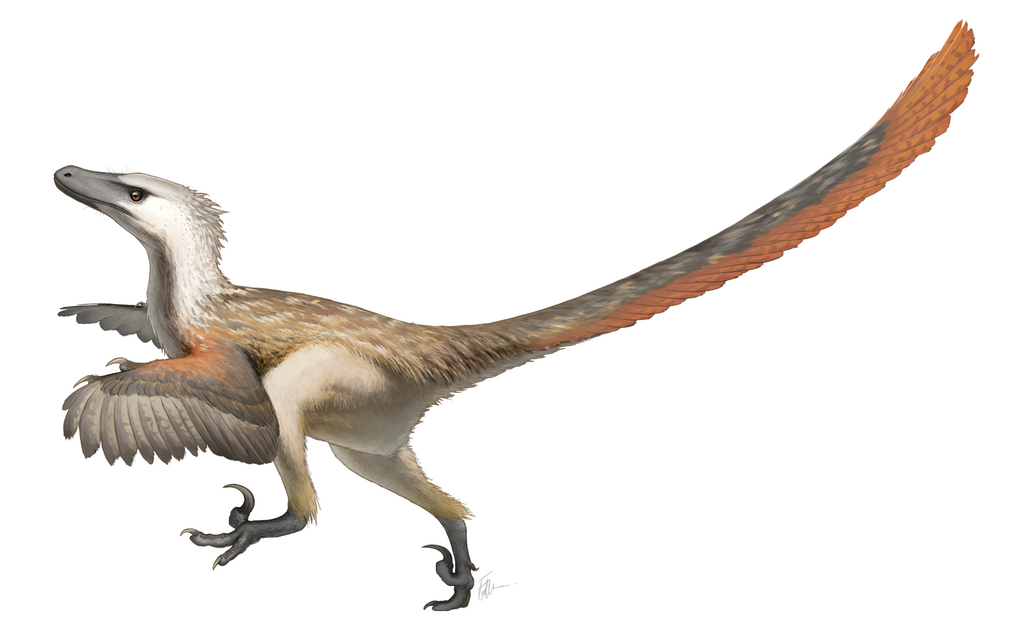
To put velociraptor speed in perspective, we can compare it to familiar modern animals. At 20-25 mph, velociraptors would have been slightly faster than the fastest human sprinters, who can reach roughly 28 mph in short bursts. They would be comparable to domestic dogs, many of which can run 20-30 mph, depending on the breed. However, they would be substantially slower than specialized running birds like ostriches (45 mph) or emus (30 mph). Among predatory mammals, they would be slower than wolves (35 mph) and coyotes (43 mph) but potentially faster than bears (30 mph in short bursts). This places velociraptors in the middle range of predator speeds—quick enough to catch many prey animals but not among the fastest predators that ever lived. Their hunting strategy likely relied more on ambush, pack tactics, and maneuverability than pure speed.
The Influence of Leg Structure on Speed

The leg structure of velociraptors provides essential clues about their running capabilities. Unlike the fastest modern runners, velociraptors had relatively short legs for their body size, which would have limited their top speed. However, they had proportionally long lower legs (tibiae) and foot bones (metatarsals), a feature associated with increased running ability. Their distinctive sickle-shaped second toe claw would have been held off the ground during running, similar to how cats retract their claws. Fossil evidence shows strong muscle attachment points on their leg bones, indicating powerful muscles that would have provided good acceleration. The articulation of their ankle joints suggests they had a considerable range of motion, allowing for quick directional changes. These anatomical features collectively point to an animal adapted for quick bursts of speed and agility rather than sustained high-speed running.
The Role of the Tail in Velociraptor Movement

The velociraptor’s long, stiffened tail played a crucial role in its locomotion and may have influenced its running speed. Unlike the flexible tails of many other dinosaurs, velociraptors had tails reinforced by bony projections called elongated prezygapophyses and chevrons, which created a semi-rigid structure. This stiffened tail would have served as a counterbalance during running, helping the animal maintain stability when making quick turns. Biomechanical models suggest the tail also functioned as a dynamic stabilizer, shifting the animal’s center of mass as needed during rapid movement. Some paleontologists believe this specialized tail structure allowed velociraptors to make tighter turns at speed than would otherwise be possible, potentially giving them an advantage when chasing agile prey through complex environments like forests. This adaptation for maneuverability rather than straight-line speed further supports the theory that they were ambush predators.
The Hunting Strategy of Velociraptors
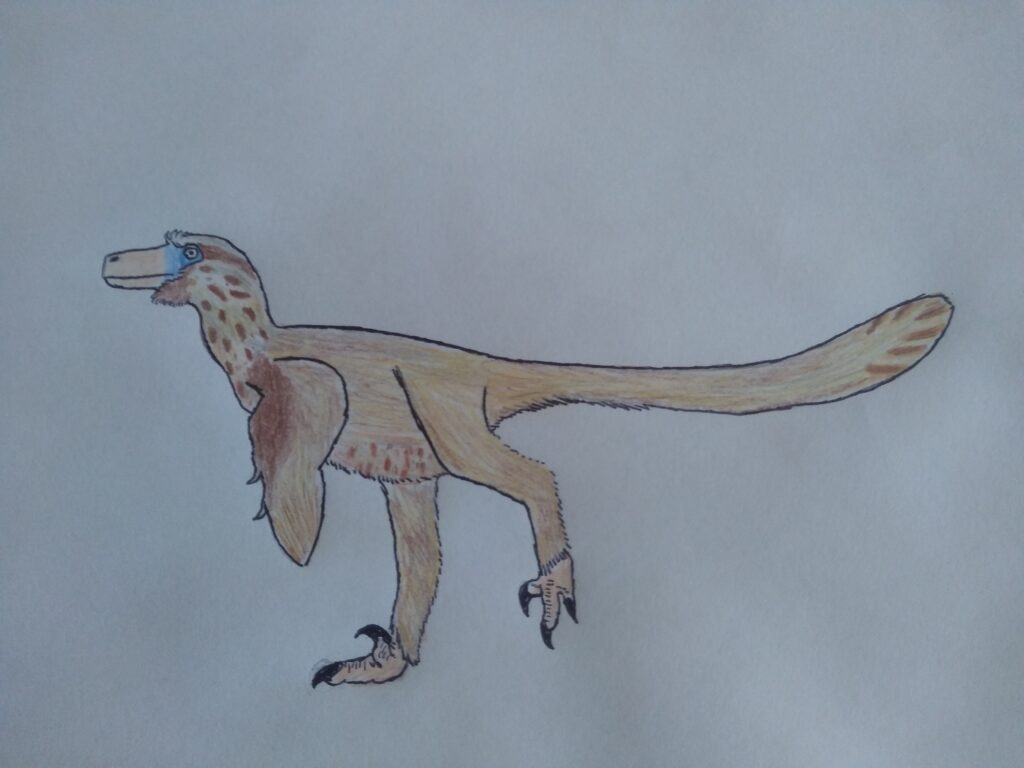
The moderate speed capabilities of velociraptors shaped their hunting strategies in ways that differed from the pursuit predation seen in modern fast runners like cheetahs. Evidence suggests velociraptors were ambush predators, using cover and stealth to get close to their prey before launching a quick attack over a short distance. Their speed was likely sufficient for short bursts to close the gap with prey, but not for long chases. Fossil evidence also indicates velociraptors may have been pack hunters, with multiple individuals coordinating attacks on larger prey—a strategy that would reduce the need for extreme individual speed. Their famous sickle claw was likely used to grapple with and subdue prey once caught, rather than for slashing, as depicted in films. This hunting style, combining moderate speed with ambush tactics and possibly pack behavior, would have made velociraptors effective predators despite not being the fastest dinosaurs.
Comparing Velociraptor Speed to Other Dinosaurs

Among dinosaurs, velociraptors were relatively swift but far from the fastest species. The fastest dinosaurs were likely the ornithomimids or “ostrich mimics,” with estimated speeds of 40-50 mph (64-80 km/h) based on their extremely long legs and lightweight build. Small, agile theropods like Compsognathus might have reached 40 mph (64 km/h) due to their lightweight bodies and proportionally long legs. Tyrannosaurus rex, despite popular portrayals as extremely fast, was probably limited to about 12-25 mph (19-40 km/h) due to its massive size. Velociraptors’ smaller relatives, such as Microraptor, were likely slower due to their diminutive size, potentially reaching only 15-20 mph (24-32 km/h). Larger dromaeosaurids like Utahraptor probably had similar or slightly faster speeds than velociraptors despite their greater size due to their longer stride length. This places velociraptors in the middle range of theropod speeds—faster than the giants but slower than the specialized runners.
How Terrain Affected Velociraptor Speed

The environment in which velociraptors lived would have significantly influenced their practical running speed, regardless of their theoretical maximum. Velociraptors inhabited what is now Mongolia’s Gobi Desert region during the Late Cretaceous, an area that was likely a semi-arid environment with occasional streambeds and sparse vegetation. This uneven terrain would have limited their ability to reach top speeds consistently. Unlike modern race tracks or roads, natural environments present obstacles like vegetation, loose sand, and uneven surfaces that reduce attainable speeds. Fossil evidence suggests velociraptors were well-adapted to navigating complex terrain, with good balance and maneuverability. Their foot structure would have provided solid traction on various surfaces, but soft sand or mud would have reduced their speed considerably. These environmental factors suggest that while velociraptors might have achieved 20-25 mph in optimal conditions, their practical hunting speed in their natural habitat was likely lower on average.
Evolving Views on Dinosaur Locomotion

Our understanding of how velociraptors moved has evolved dramatically since their discovery in 1924. Early paleontological reconstructions depicted most dinosaurs as slow, lumbering creatures dragging their tails. By the 1960s, scientists began to recognize that many dinosaurs, including velociraptors, held their tails horizontally and were more active than previously thought. The “Dinosaur Renaissance” of the 1970s, led by paleontologists like Robert Bakker and John Ostrom, revolutionized our understanding of dinosaur activity levels and suggested much more active lifestyles. Modern studies now incorporate sophisticated computer modeling, CT scanning of fossils, and comparative anatomy with birds (the living descendants of theropod dinosaurs) to create increasingly accurate reconstructions of dinosaur movement. The discovery of feathered dromaeosaurids in the 1990s and 2000s further refined our image of velociraptors as more bird-like than previously understood. These evolving perspectives highlight how scientific views on dinosaur locomotion continue to be refined as new evidence and analytical techniques emerge.
Why Popular Culture Gets Velociraptor Speed Wrong
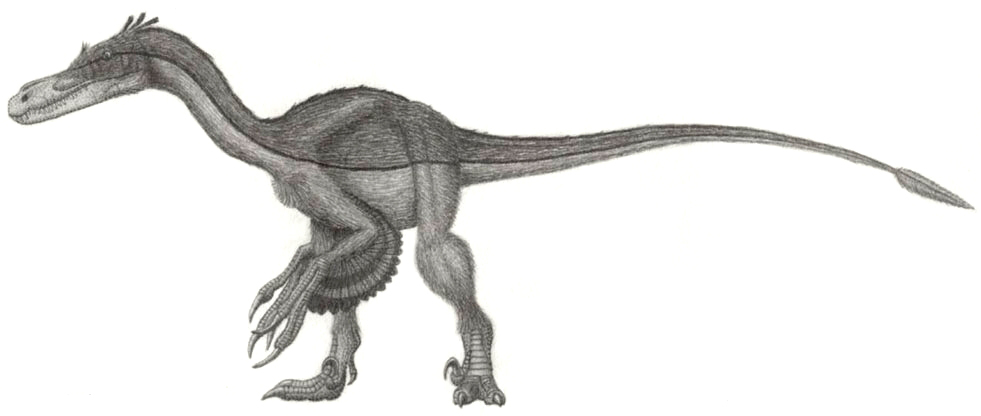
The persistent misconception about velociraptor speed can be traced to several factors in how science is translated to popular culture. When Jurassic Park was produced in the early 1990s, the filmmakers based their “elociraptors” primarily on Deinonychus, a related but larger dromaeosaurid, yet kept the more dramatic-sounding velociraptor name. Even for Deinonychus, the speed was greatly exaggerated for dramatic effect. Scientific papers discussing theoretical maximum speeds are often simplified in media reports, leading to misinterpretations about typical speeds versus brief maximum capabilities. There’s also an inherent dramatic appeal to extremely fast predators that makes them more exciting for films and documentaries. Additionally, new research that revises speed estimates downward receives less media attention than initial dramatic claims. Films also rarely depict the limits of animal endurance, showing predators maintaining top speeds for unrealistically long periods. These factors combine to create and reinforce public misconceptions about velociraptor speed capabilities that persist despite scientific evidence to the contrary.
The Future of Velociraptor Speed Research
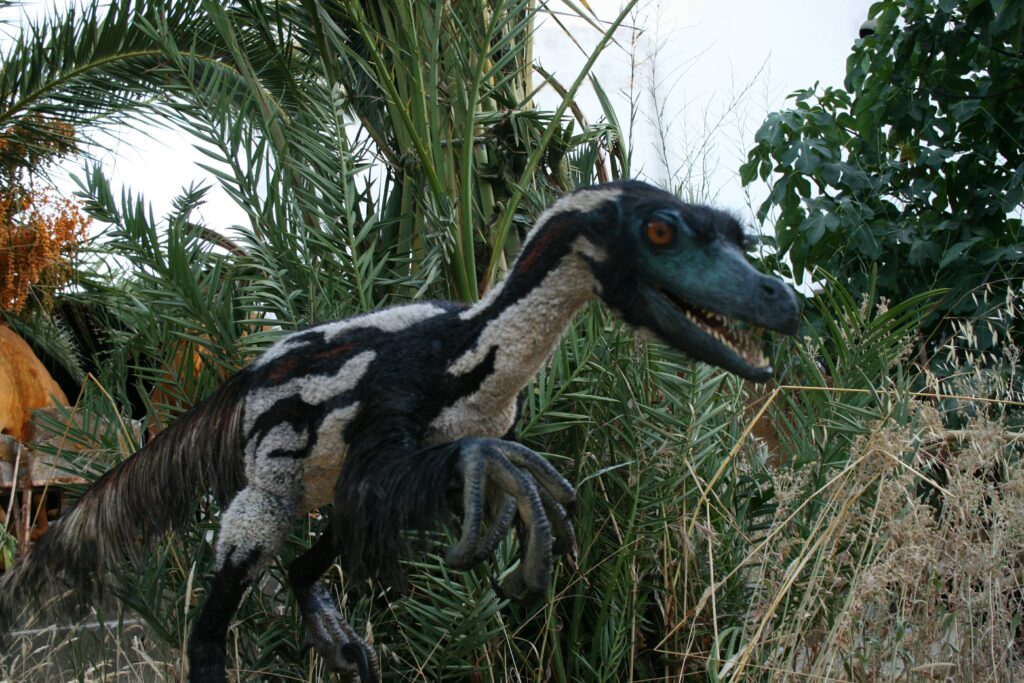
Research into velociraptor locomotion continues to advance with new technologies and methods. Increasingly sophisticated computer simulations can model muscle forces, joint stress, and energy expenditure during different gaits to refine speed estimates. Advanced CT scanning of fossils reveals internal bone structures that provide clues about muscle attachments and strength. Comparative studies with modern birds are yielding new insights, as birds are the closest living relatives of velociraptor and other theropod dinosaurs. New fossil discoveries, particularly those preserving soft tissues or showing evidence of behavior, could provide additional data points for understanding movement capabilities. Multi-disciplinary approaches combining paleontology, biomechanics, and zoology are creating more complete pictures of dinosaur locomotion. While we may never know the exact maximum speed of velociraptors with absolute certainty, continued research promises to narrow the range of possibilities and provide increasingly accurate reconstructions of how these fascinating predators moved through their prehistoric world.
Unraveling the Truth About Velociraptors’ Speed
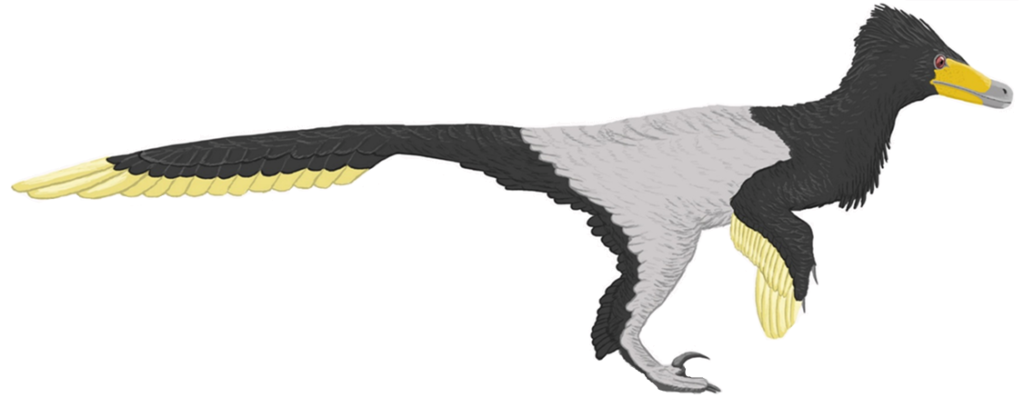
The velociraptor’s speed capabilities, while less dramatic than Hollywood portrayals, reveal a fascinating and effective predator perfectly adapted to its environment. With estimated speeds of 20-25 mph, these turkey-sized dinosaurs were quick enough to be formidable hunters, relying on a combination of moderate speed, agility, and potentially pack-hunting tactics rather than pure velocity. Their specialized anatomy—from stiffened tails to distinctive foot claws—paints a picture of an ambush predator built for quick acceleration and maneuverability rather than sustained high-speed pursuit. As paleontological methods continue to advance, our understanding of these iconic dinosaurs grows more nuanced and accurate, replacing the oversimplified movie monsters with the equally fascinating reality of these prehistoric predators. Though they couldn’t chase down jeeps as depicted in films, the real velociraptors were remarkable animals whose speed and hunting adaptations made them successful predators for millions of years.



